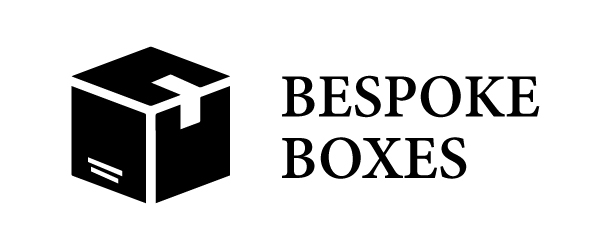Smaller Boxes: Are Consumers Getting Value?
The size of retail packaging on supermarket shelves is shrinking. Do smaller boxes mean fewer contents or is this a change that consumers should be embracing?
What does Less Packaging Mean?
When purchasing familiar items like your favourite brand of cereal or biscuits, it’s noticeable that the size of the box has got smaller. There are two probable reasons; the brand is either reducing the quantity of the contents or shrinking the size of the packaging.
Reduced Contents – In a step referred to as shrinkflation, many brands have reduced the quantity of product in their standard packaging. Those chocolate bars and drinks bottles are getting smaller; it’s a way of retaining a price point as manufacturing costs increase.
Less Packaging – With a focus on sustainability, many brands have redesigned packaging to optimise the size and remove excess materials and space. A smaller box might contain the same volume of contents, they’ve just been better packaged to reduce waste.
Knowing the difference often requires comparisons between the weight of current and previous purchases.
Manage Customer Expectations: Promote Smaller Boxes
Good marketing, from brands that are actively embracing sustainability, can also help to manage customer expectations. A message stating that smaller boxes mean that the brand and consumer are doing their bit for the environment will encourage support for the move. Without it, shoppers can feel that they aren’t getting value.
If your brand is reducing contents to retain prices, transparency is also the best policy. When customers feel informed about changes to the product, packaging or price, they are more accepting of it.
Further information on this is shared in this article:
https://ahdb.org.uk/news/consumer-insight-shrinkflation-the-consumer-view









